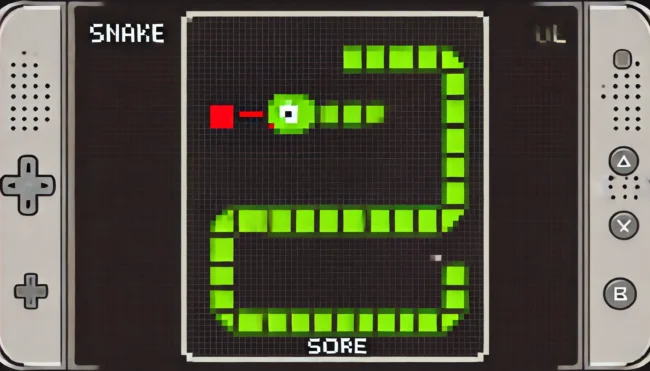In the fast-evolving landscape of AI, a new frontrunner has emerged, poised to redefine the boundaries of artificial intelligence—Claude 3.5 Sonet. This cutting-edge AI model by Anthropic is not only outperforming its predecessors but is also setting new benchmarks in AI capabilities. Today, I’m excited to take you on a journey through some of the groundbreaking features and applications of Claude 3.5, showcasing its immense potential.
Getting Started with Claude 3.5
To experience the wonders of Claude 3.5, all you need to do is sign up for a free account on their platform. Once you’ve signed up, enable the artifacts window. This feature is crucial as it allows Claude to generate presentations, designs, tables, and code in a separate window alongside your chat.
Basic Interactions and Beyond
While Claude 3.5 can handle regular tasks such as summarizing, paraphrasing, translating, and writing essays, its true power lies in more complex and creative tasks. Let’s dive into some of the remarkable things Claude 3.5 can do.

Creating a Snake Game
I began by asking Claude to create a simple Snake game using Python. The response was impressive; the code was generated instantly. After copying the code into VS Code and running it, the game worked flawlessly. The snake moved, grew upon eating food, and the game ended correctly upon hitting the wall or itself. This zero-shot capability (getting the correct output with a single prompt) is something other AI models struggle with.
Adding Features to the Game
The real magic of Claude 3.5 lies in its ability to iteratively improve and add features without breaking existing code. For example, I asked it to add a scoreboard to the Snake game. With a simple prompt, it seamlessly integrated the feature, enhancing the game without any issues.
Building an Audio Visualizer
Next, I took a screenshot of an audio visualizer I liked and asked Claude to create an HTML page that could sync audio with a visualizer like the one in the image. The result was stunning—a fully functional audio visualizer that synced perfectly with the uploaded audio. Adjustments to sensitivity and colors were added effortlessly, showcasing Claude’s ability to handle complex, interactive web components.
Recreating Websites
I took a screenshot of Spotify’s homepage and asked Claude to convert it into front-end code. Within seconds, I had a wireframe resembling Spotify’s UI. While it didn’t pull exact images, the structure was accurate, demonstrating Claude’s potential in web development.

Developing a Tetris Game
Building on the gaming theme, I asked Claude to create a Tetris game. Despite the complexity, Claude generated the code with only two prompts. The game worked perfectly, with all the expected functionalities—different shapes, line clearing, and game-over conditions.
Advanced Applications: 3D FPS and Interactive Infographics
Claude 3.5’s prowess extends to even more advanced applications. Users have created 3D first-person shooter games with complete maps, sound effects, and enemies, all generated within a few prompts. Additionally, I tested its capability to convert a boring financial report into an interactive infographic. The results were mind-blowing—clean, interactive visuals that made complex data easily digestible.
Creating Presentations and Animations
Claude 3.5 excels in creating educational content as well. I asked it to create a presentation on the health implications of coffee, and within moments, I had a fully animated, visually appealing presentation. For animations, I provided a neural network diagram and requested an interactive animation. The result was an impressive, fully functional animation demonstrating data flow through the network.
3D Particle Cloud Simulation
To push the boundaries further, I asked Claude to create an interactive 3D particle cloud using Three.js. The simulation was impressive, with adjustable parameters for particle count, speed, and even mouse interaction for camera movement.
Performance and Benchmarks
Claude 3.5 Sonet is not only more intelligent but also significantly faster and more cost-effective than its predecessor, Claude 3 Opus. It excels in reasoning, coding, multilingual tasks, and more, often outperforming even GPT-4. The benchmarks from LiveBench highlight its superior capabilities, especially in reasoning and coding.
The Future of Claude 3.5
Anthropic plans to release even more powerful versions, like Claude 3.5 Opus, later this year. These models promise even greater intelligence and efficiency, continuing the trend of rapid advancements in AI technology.
Conclusion
Claude 3.5 Sonet is a game-changer in the world of AI. Its ability to handle complex tasks with ease, iteratively improve outputs, and create advanced applications sets it apart from other AI models. Whether you’re a developer, educator, or business professional, Claude 3.5 offers tools to revolutionize your workflow. I encourage you to explore its capabilities and see how it can transform your projects.

